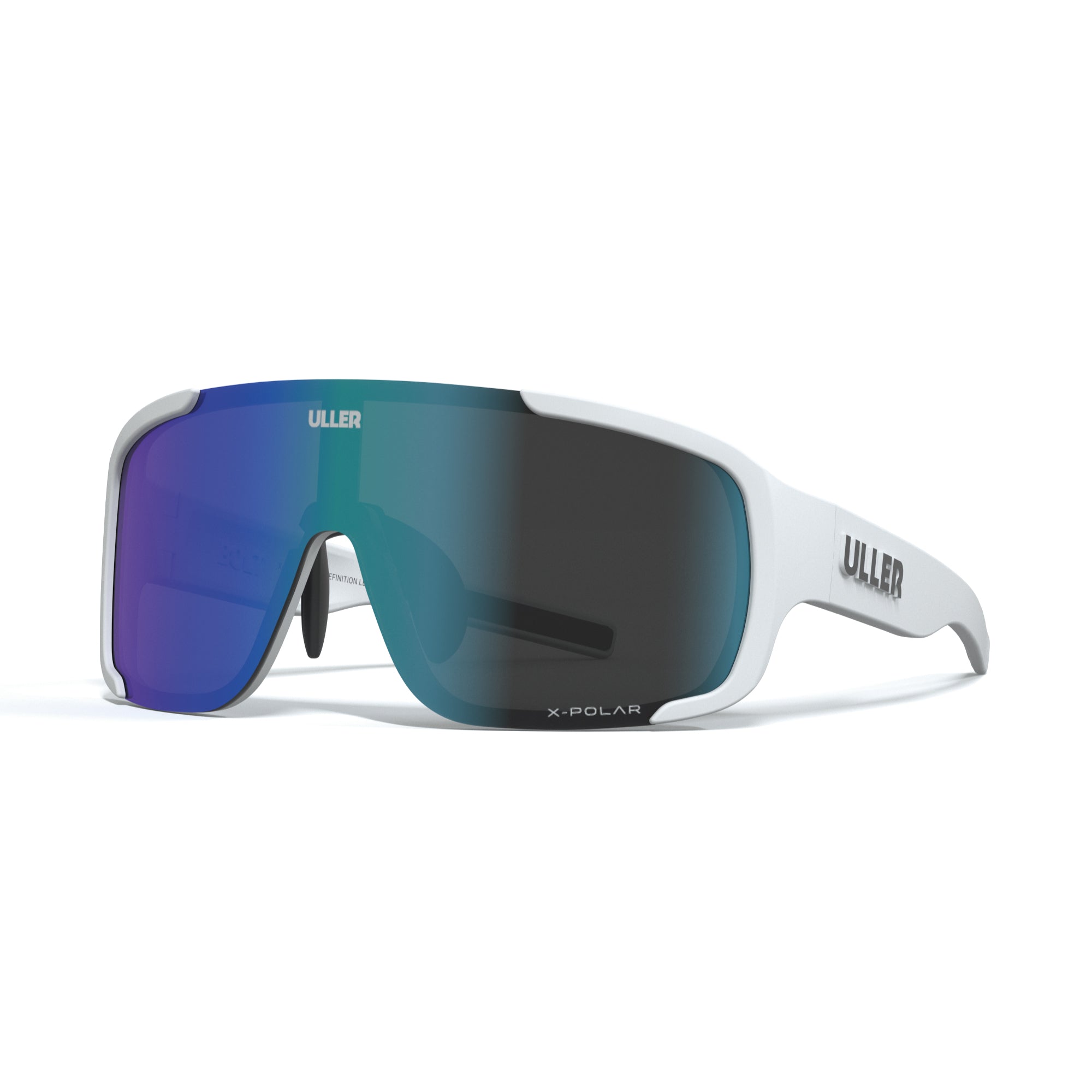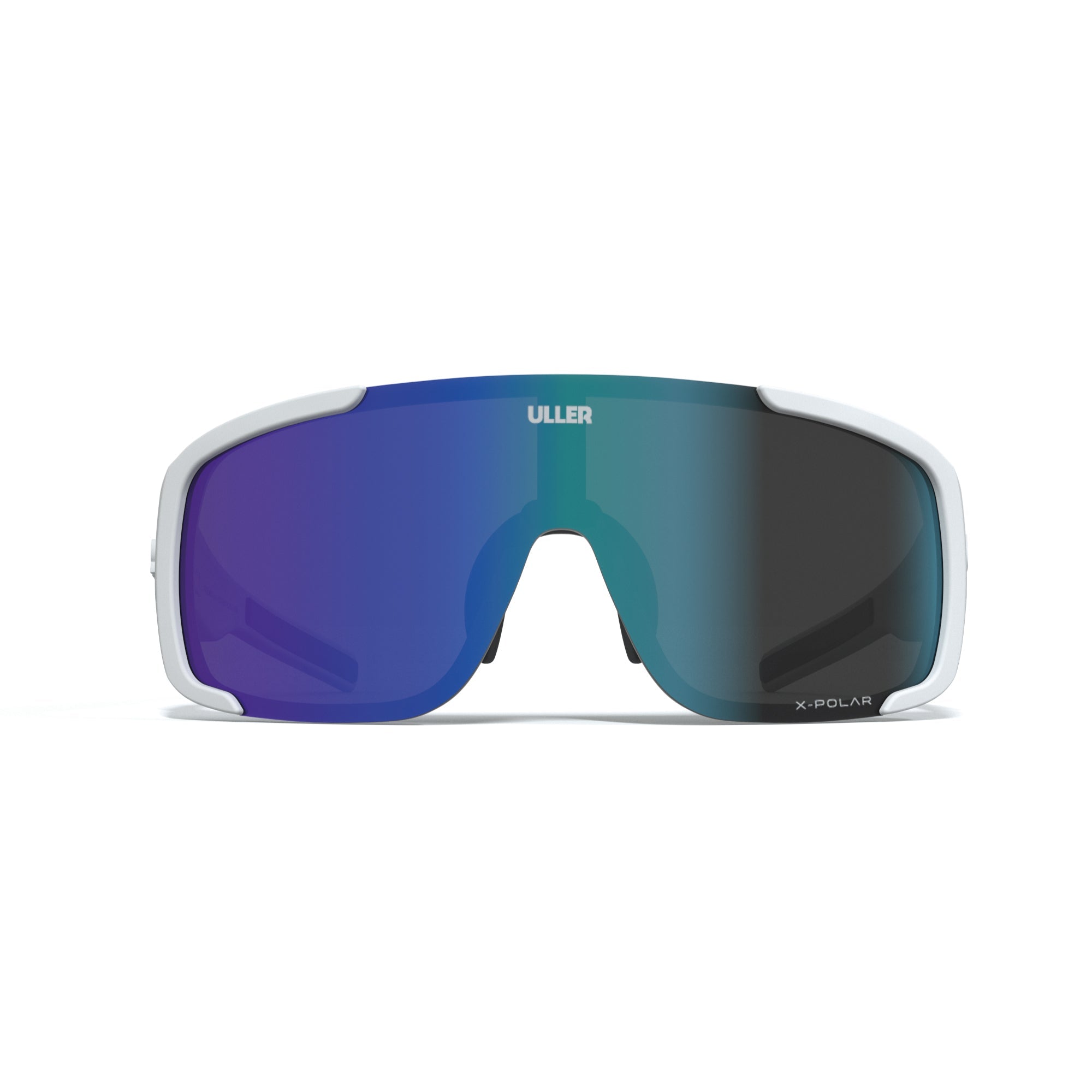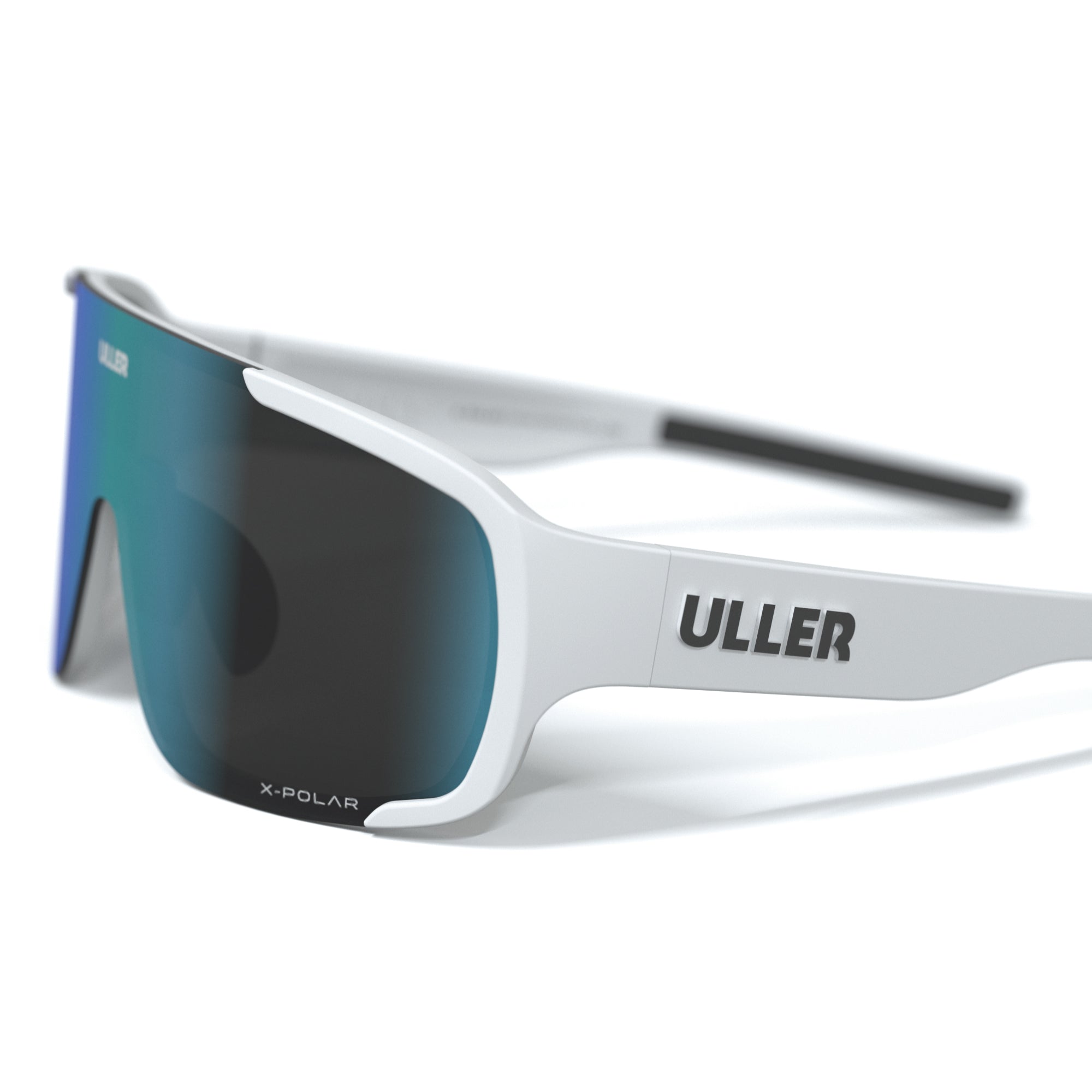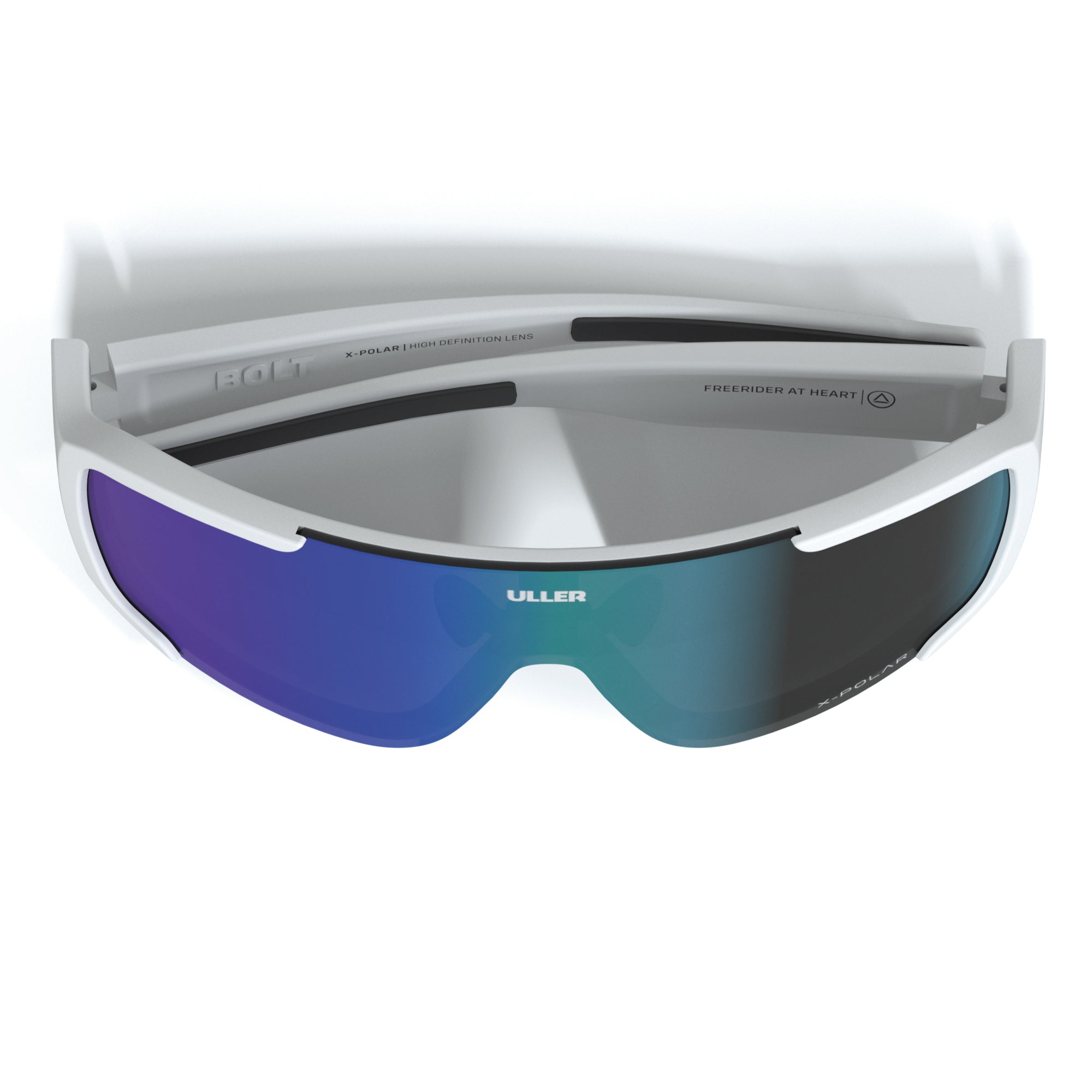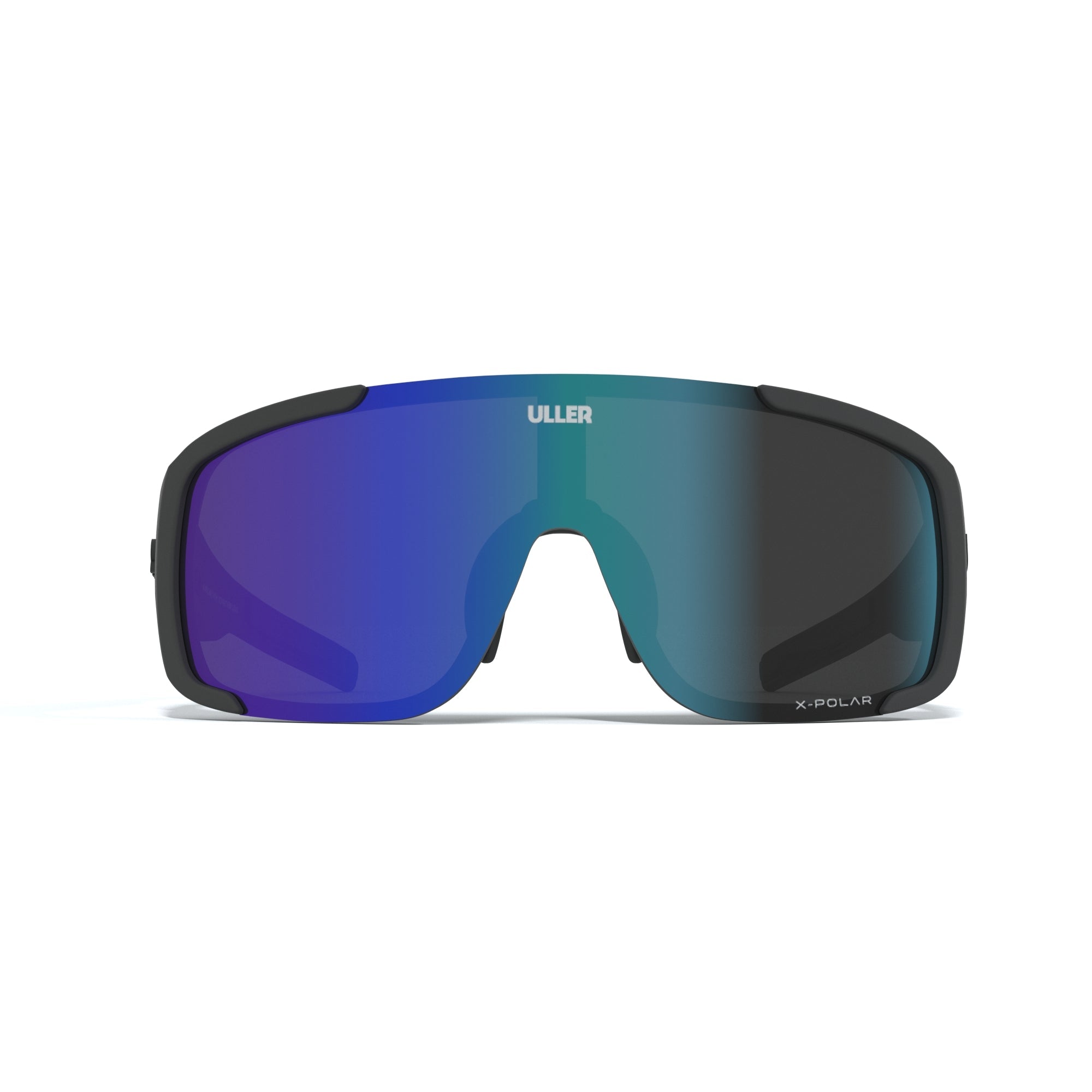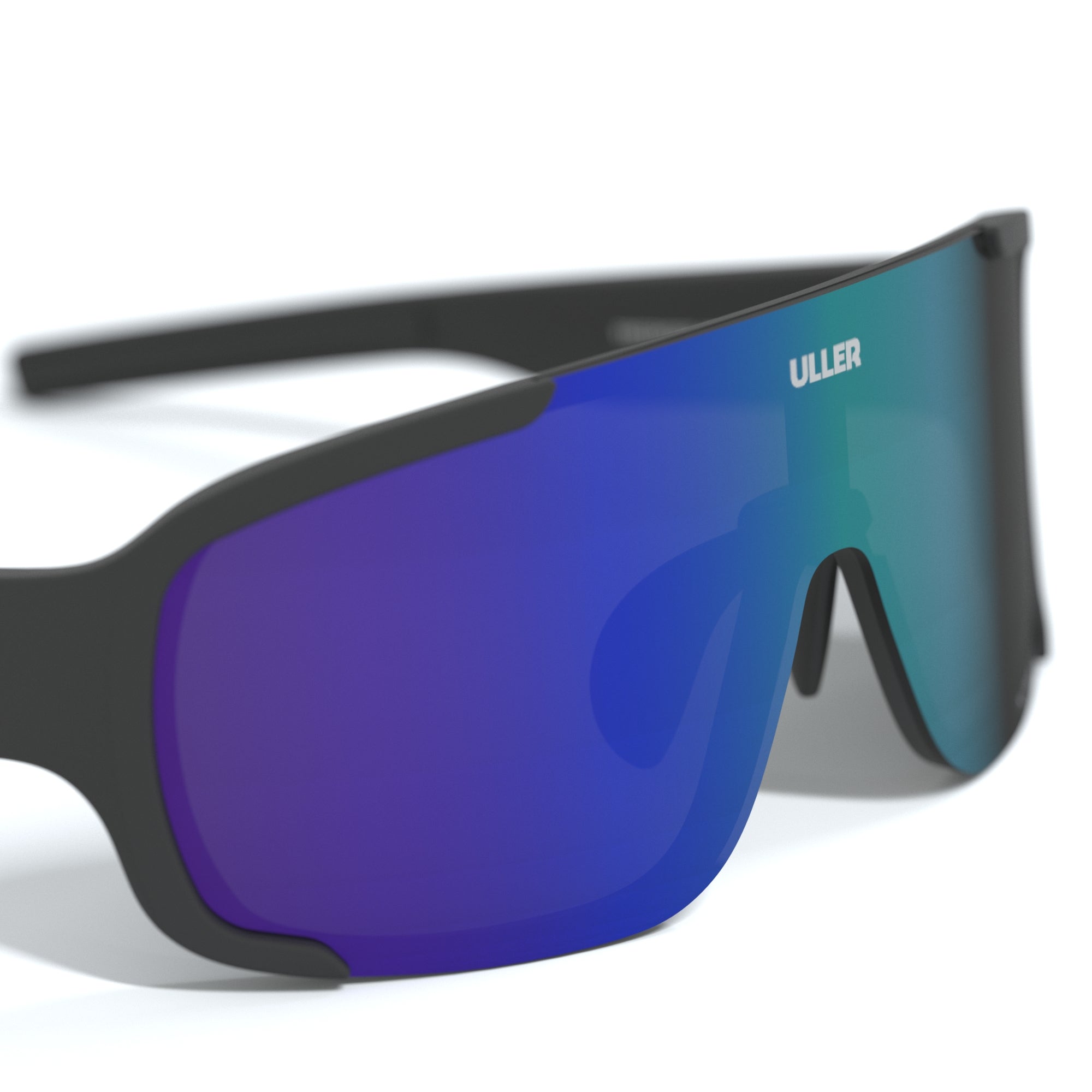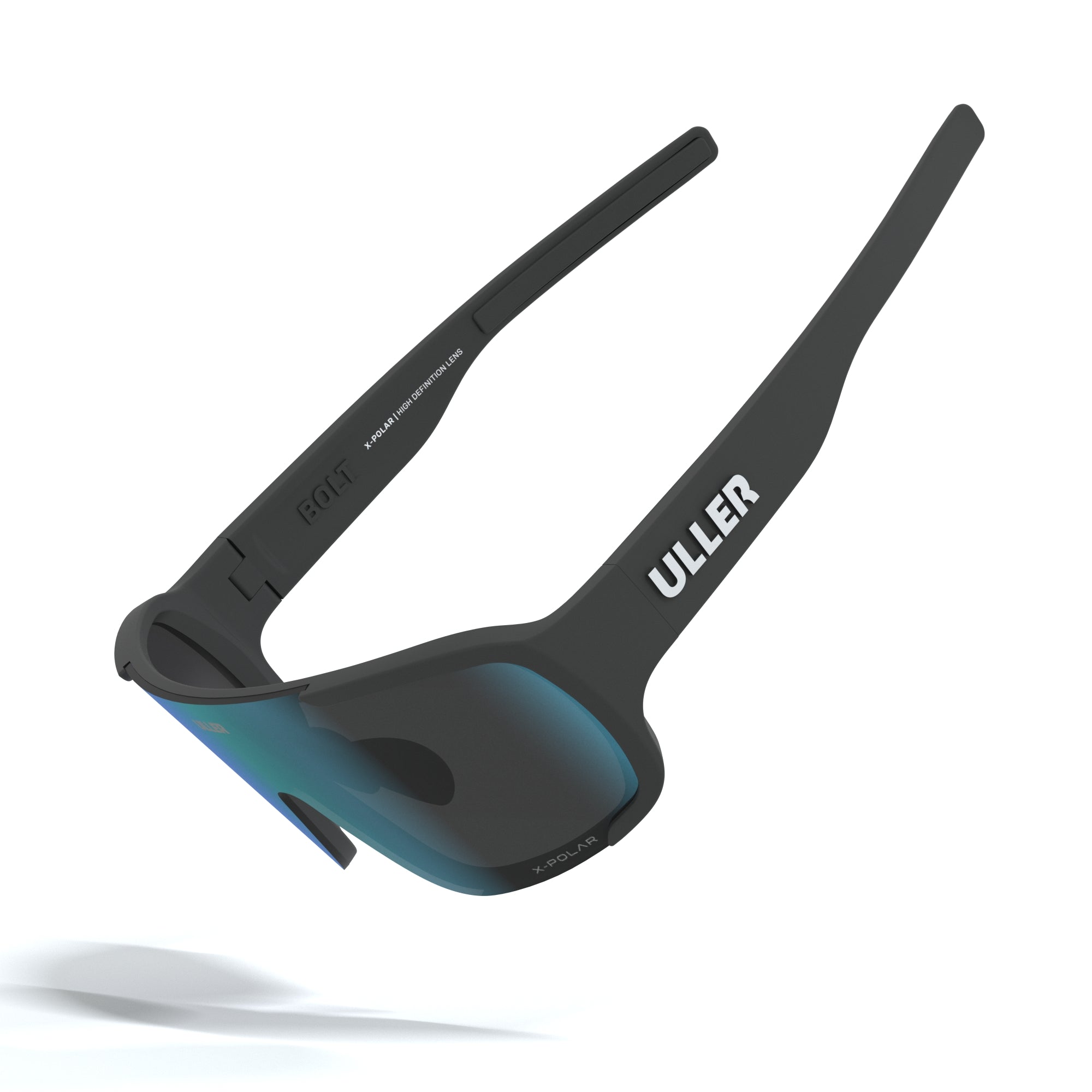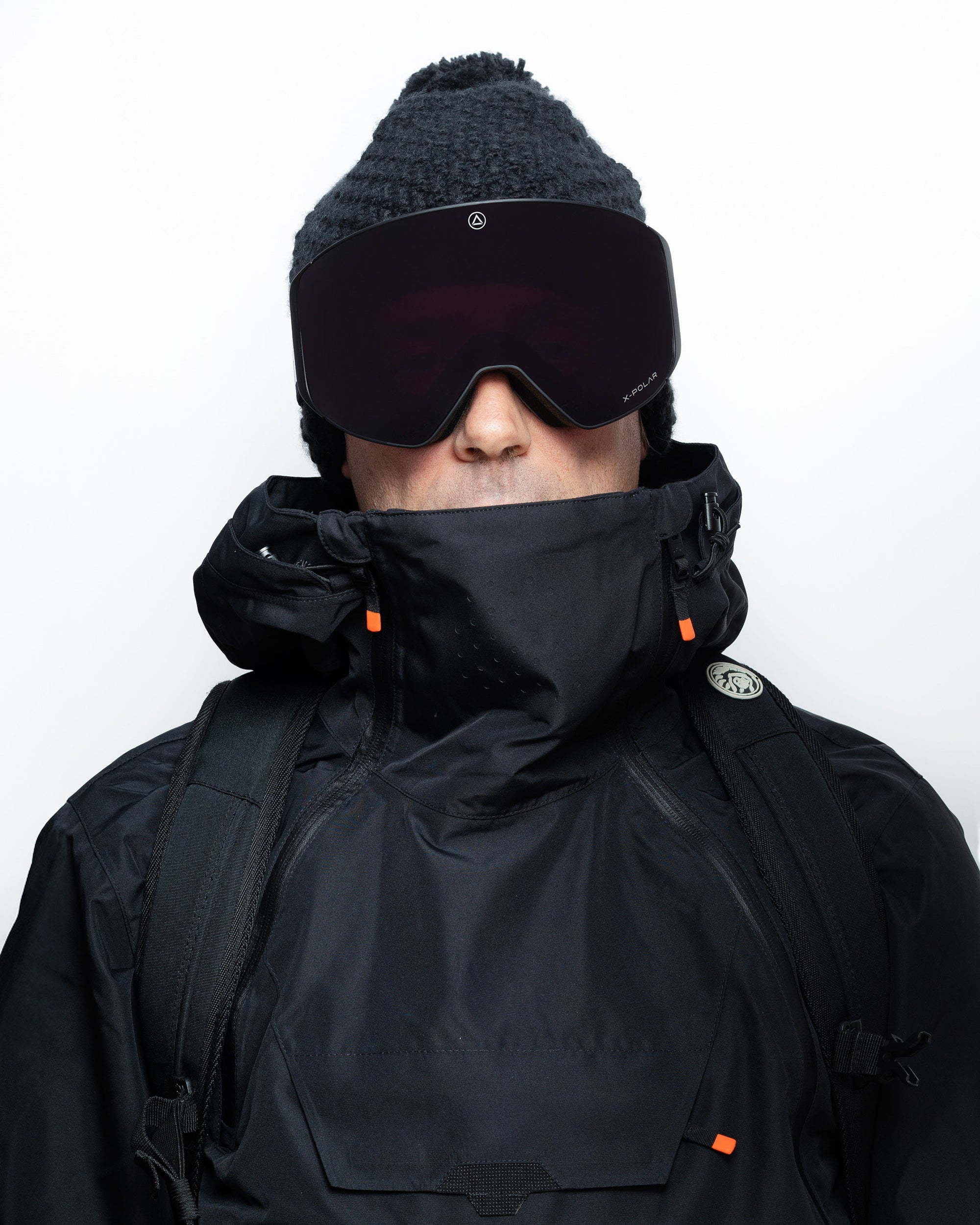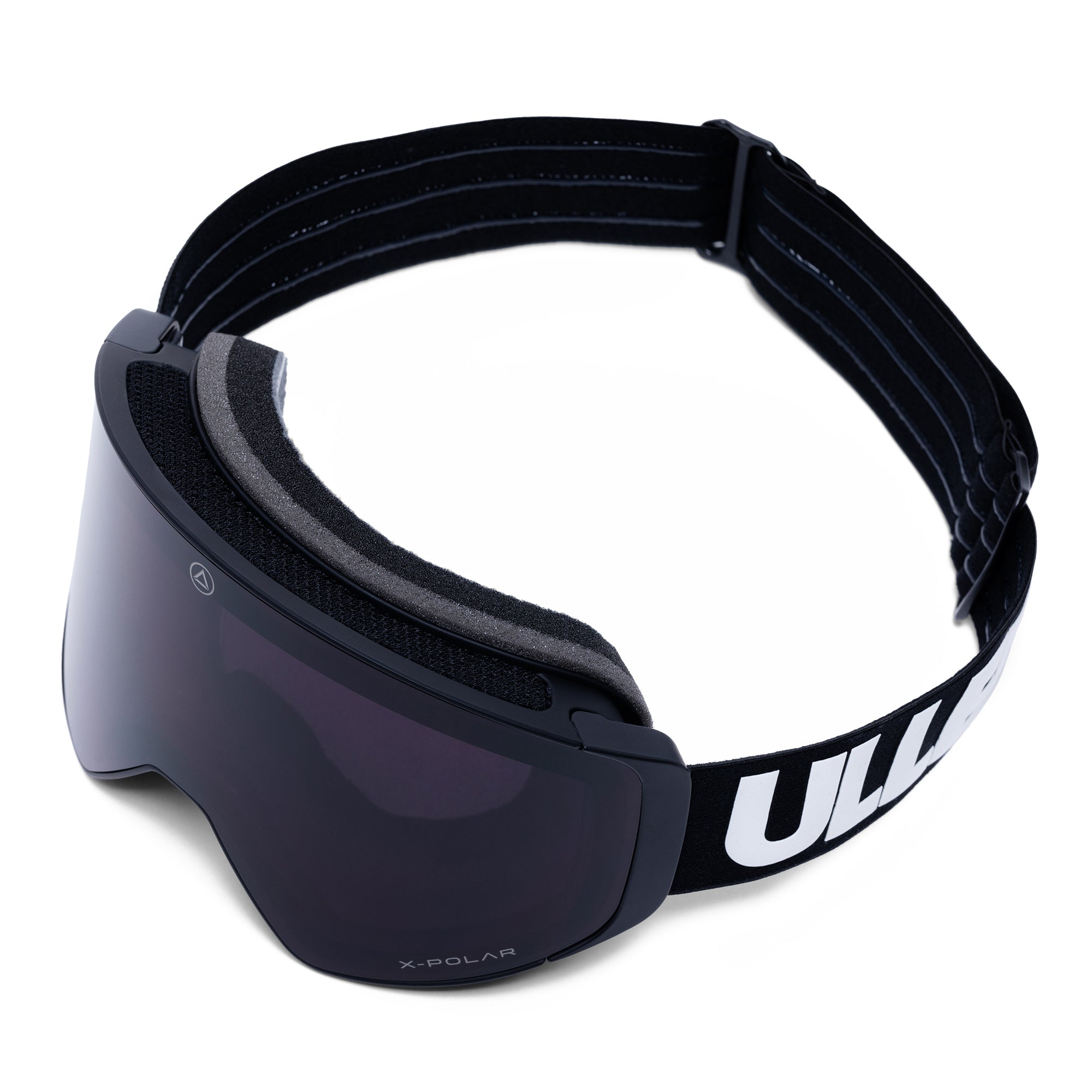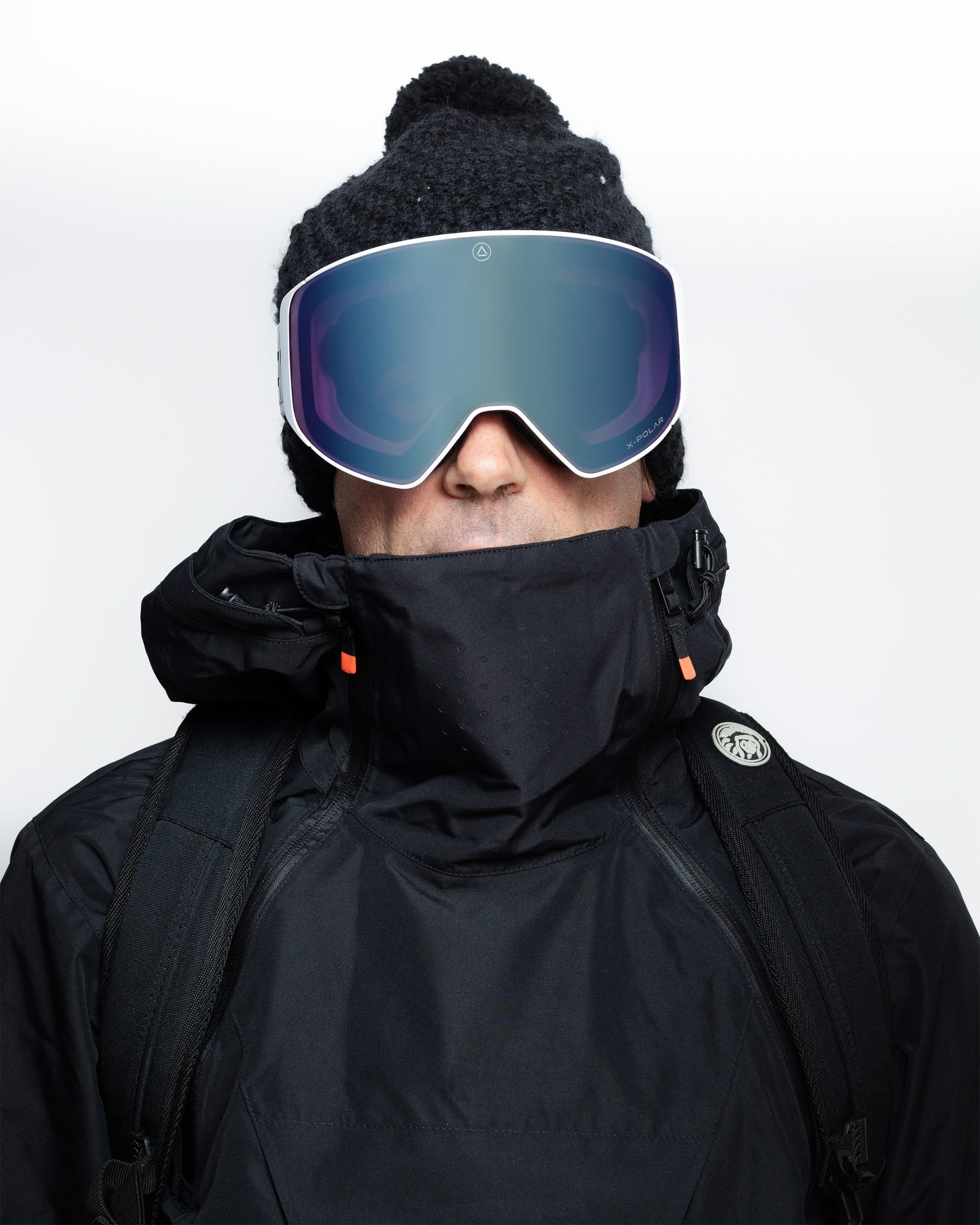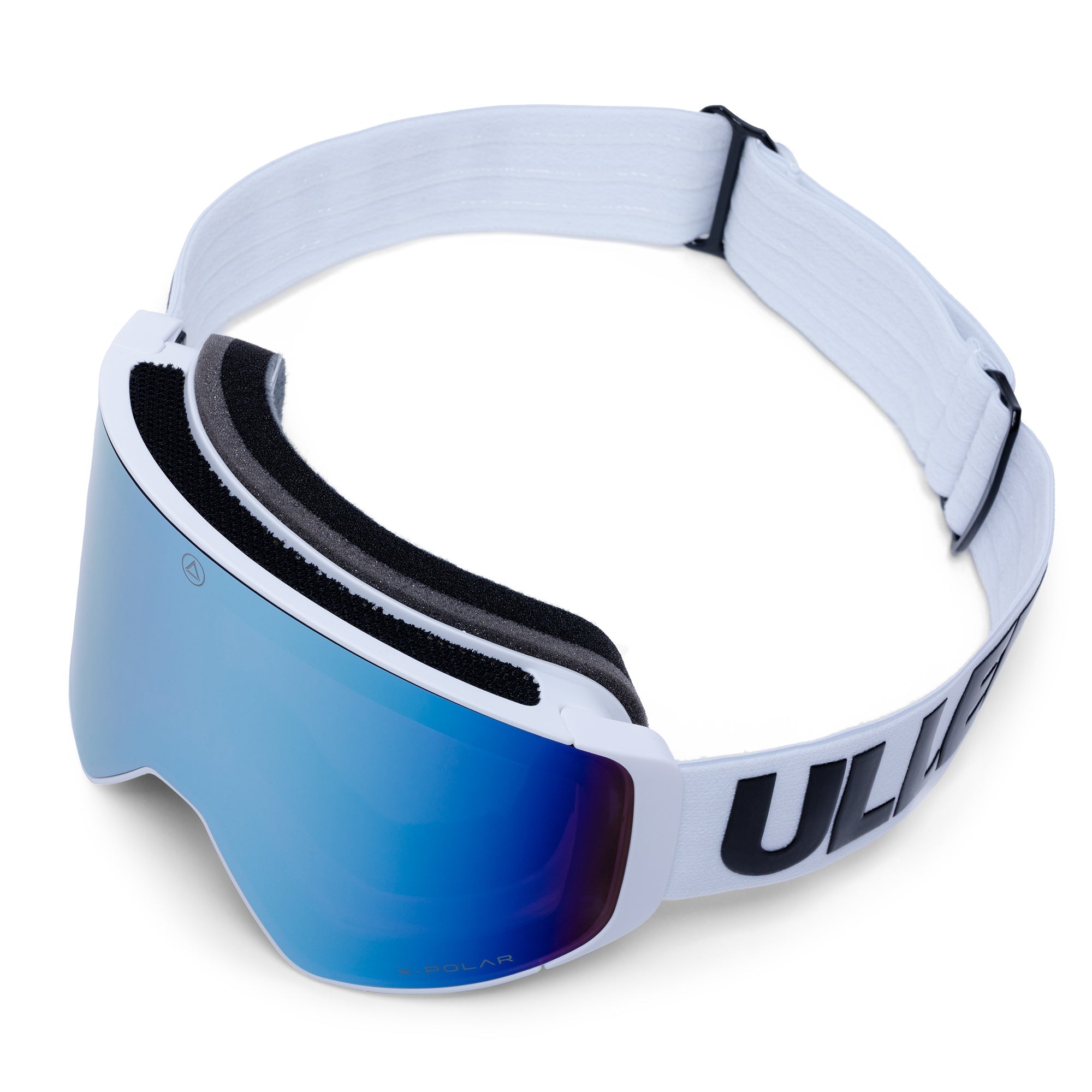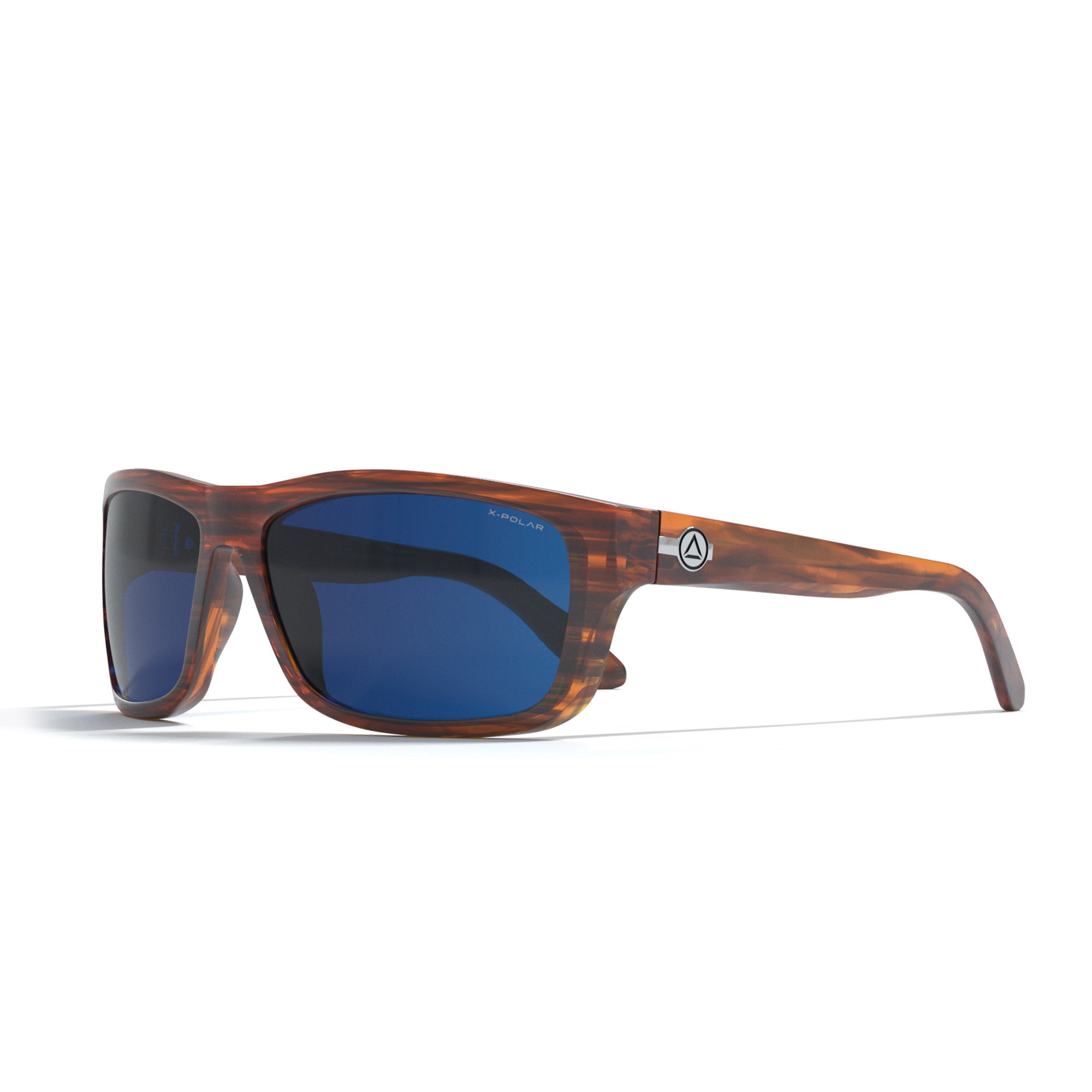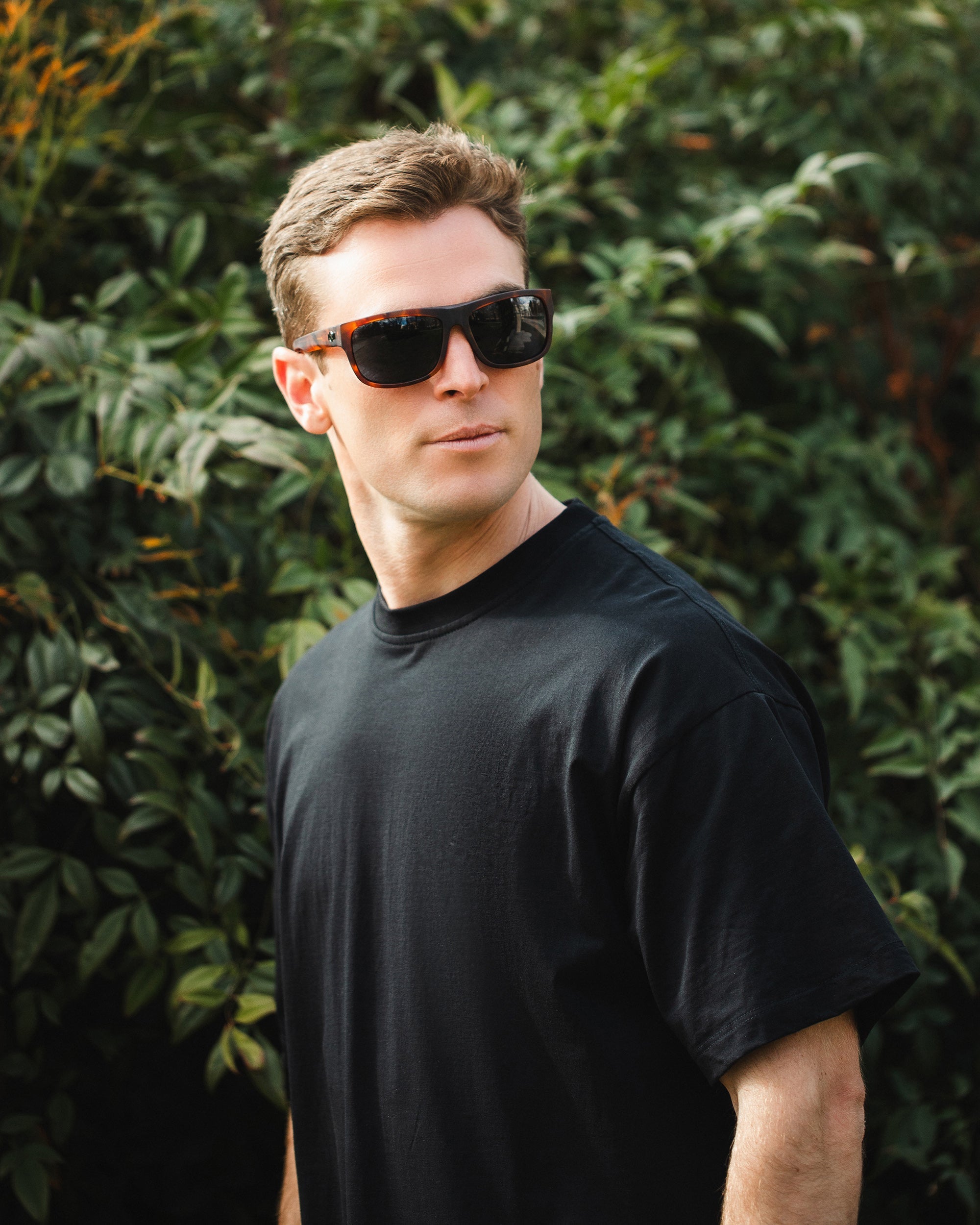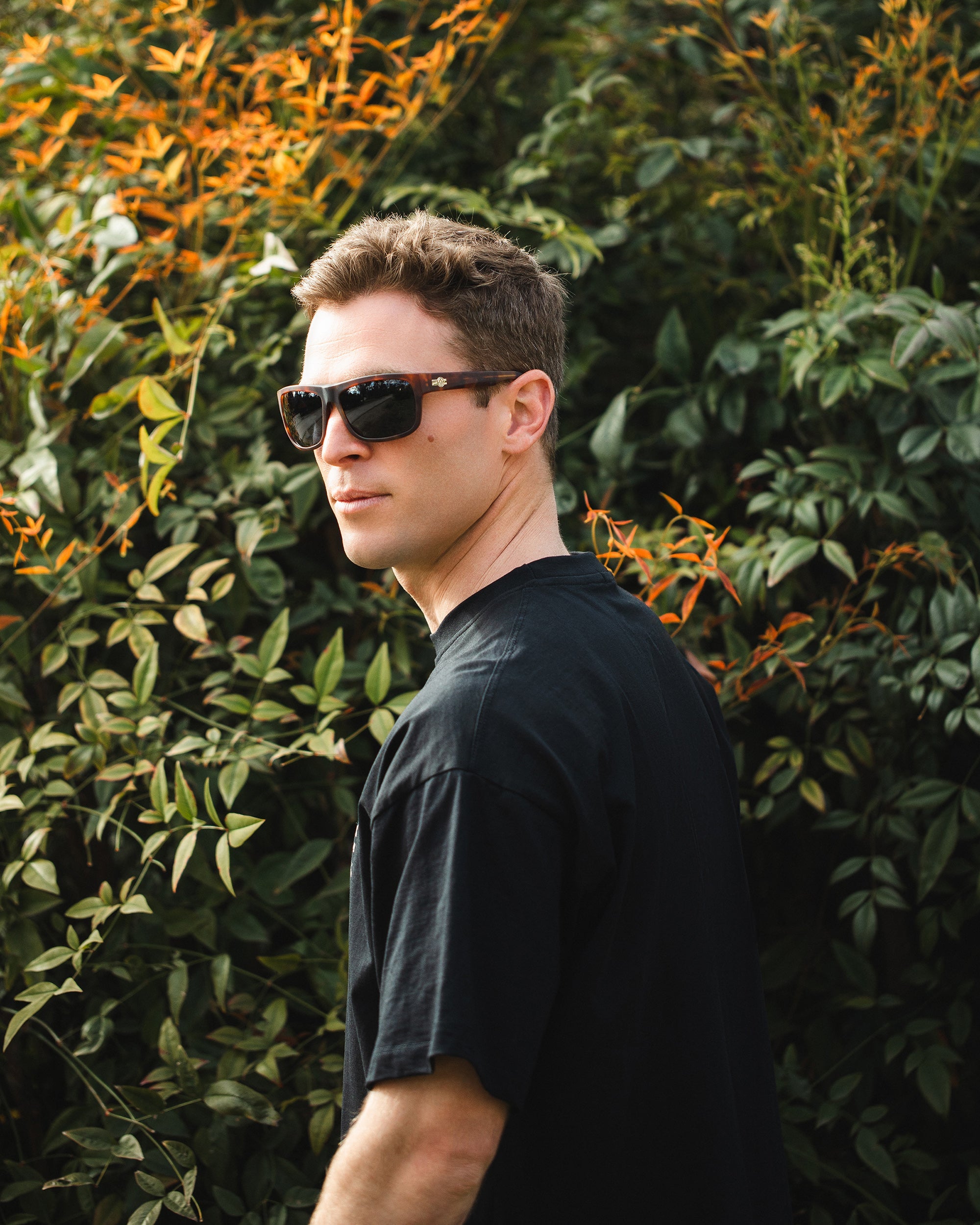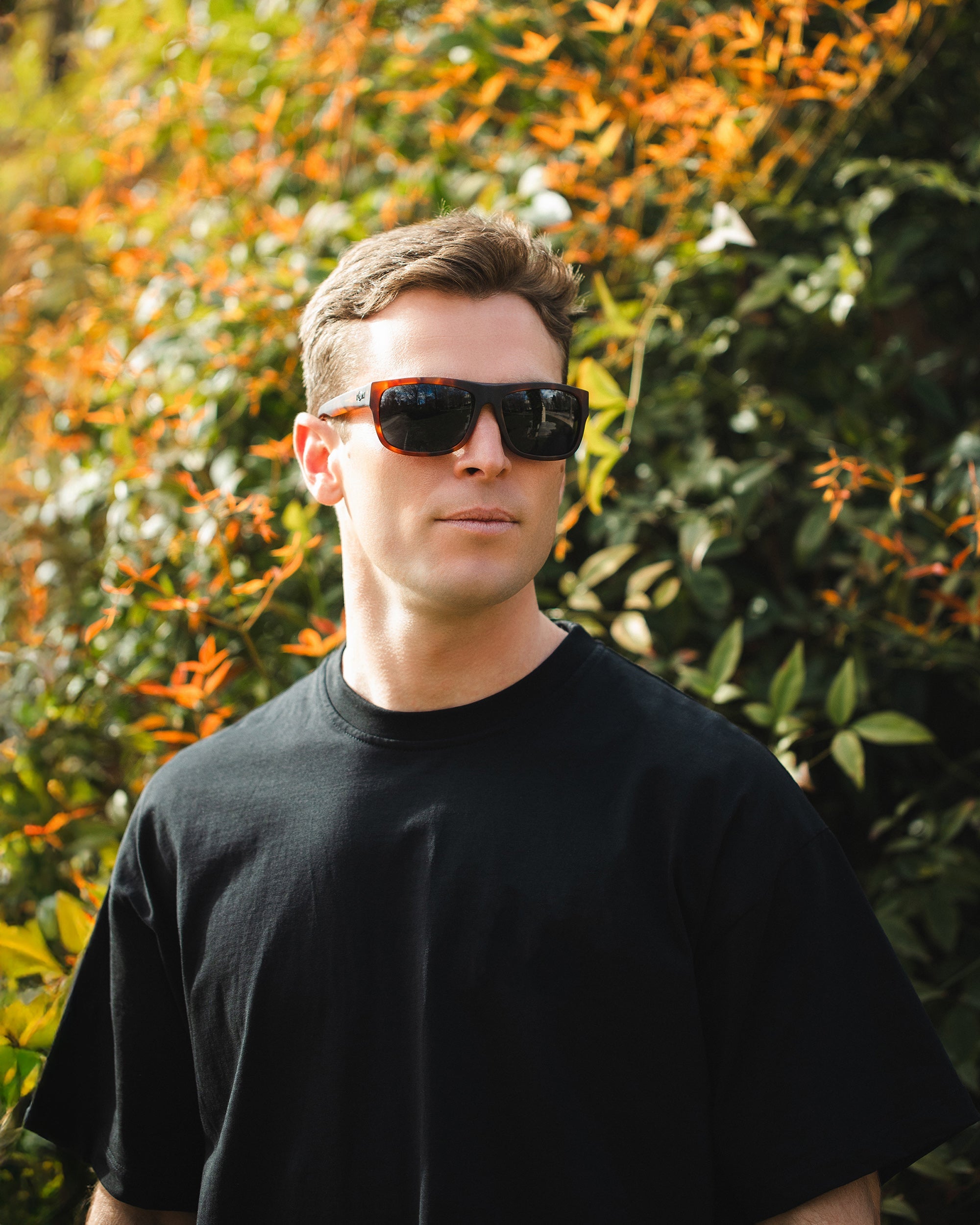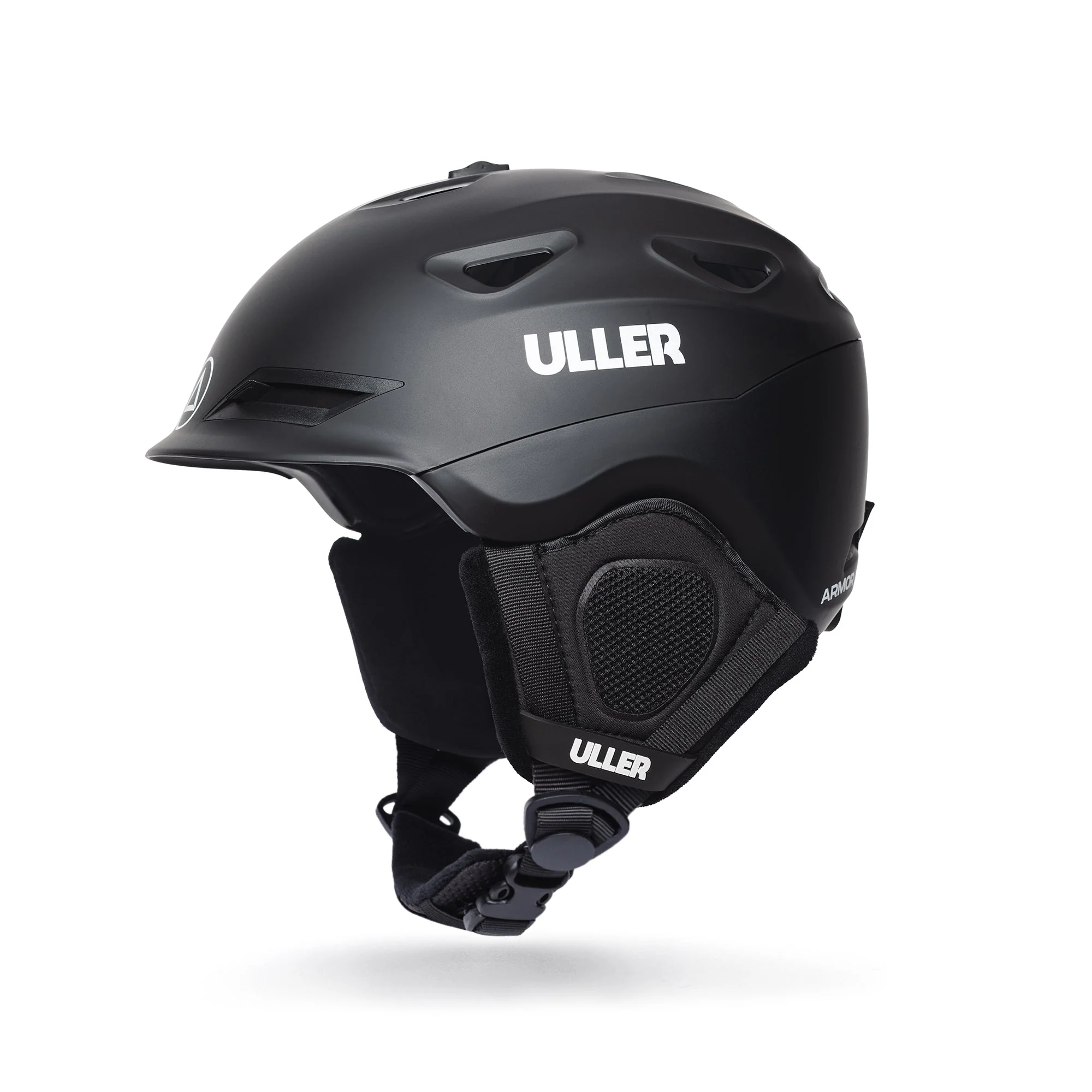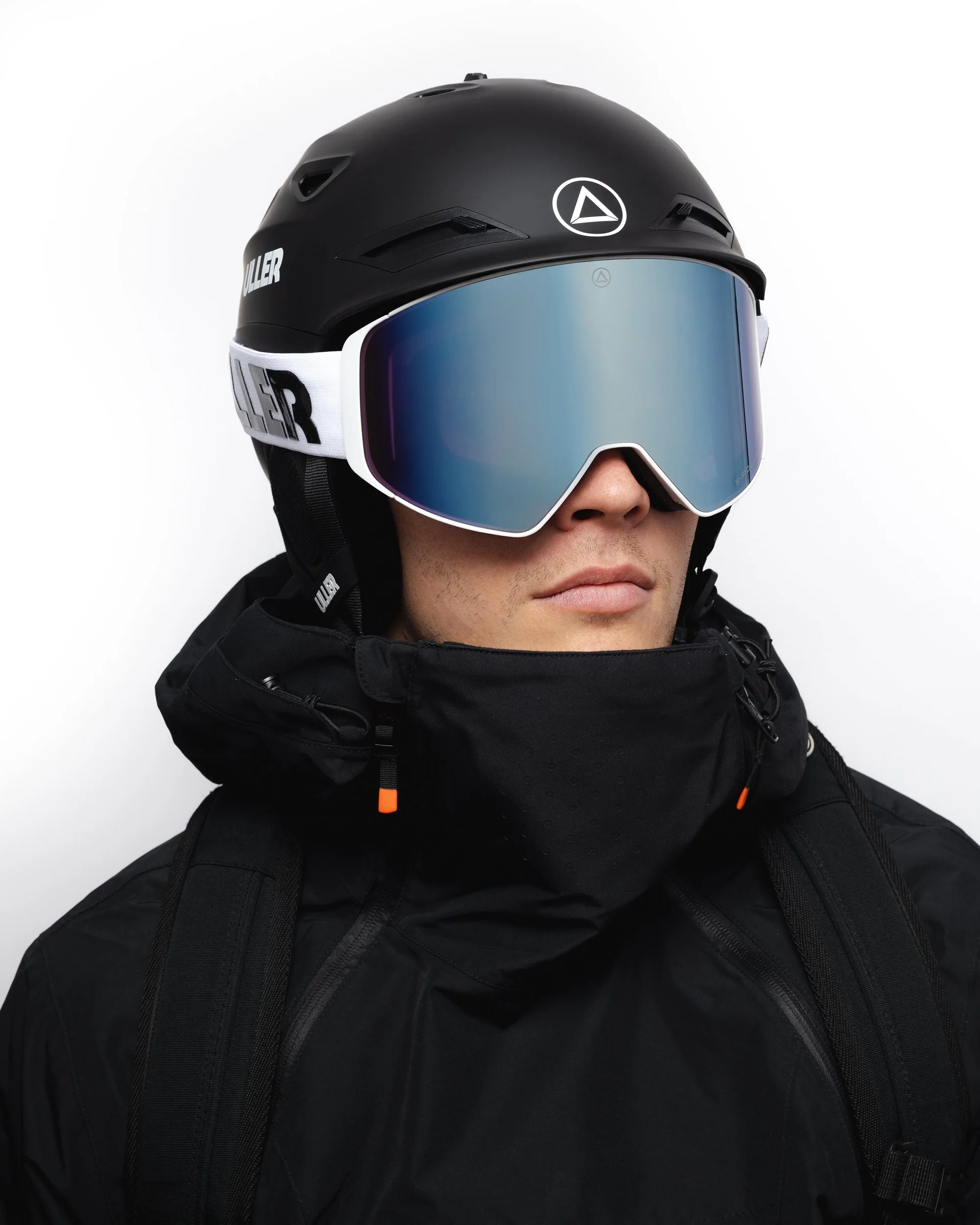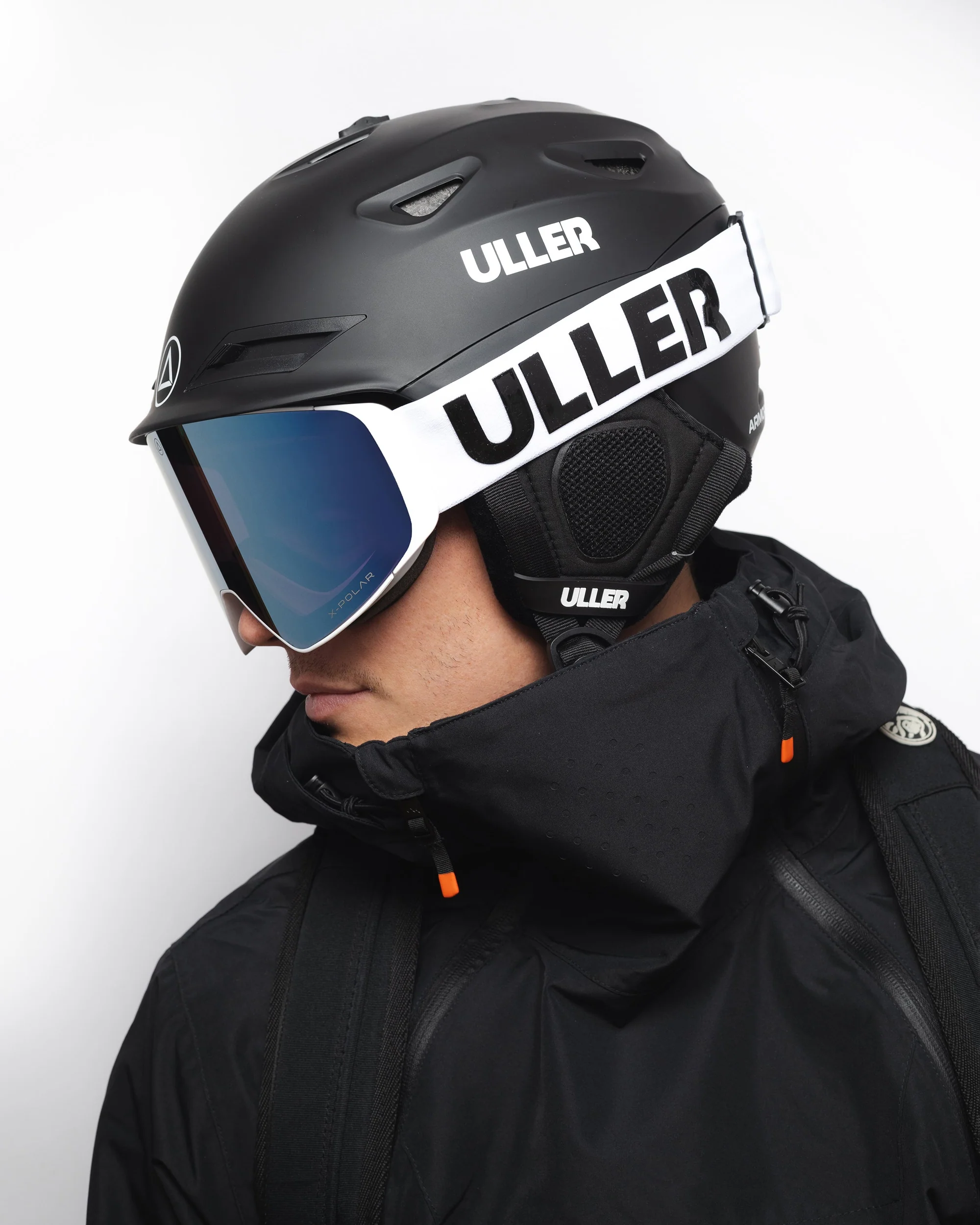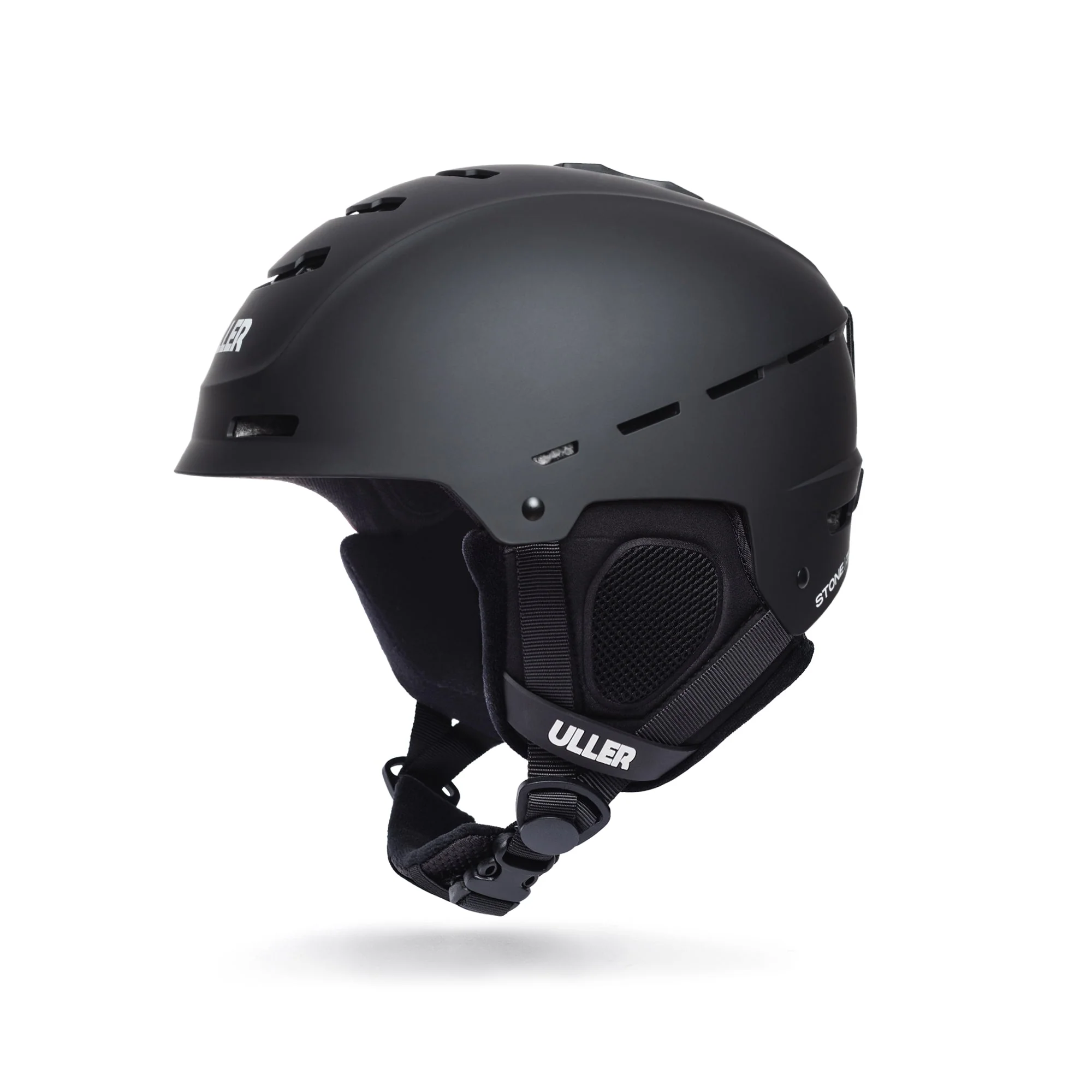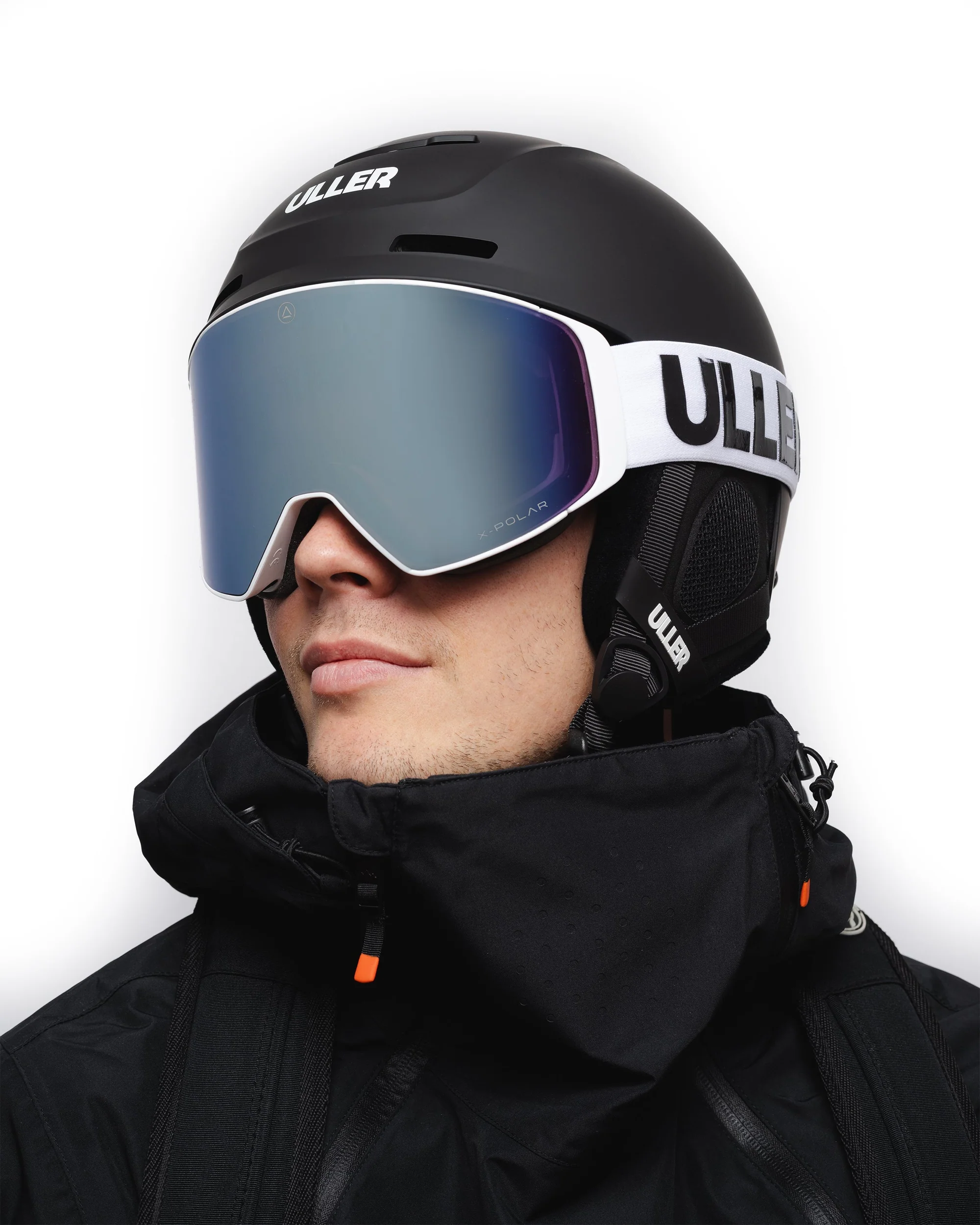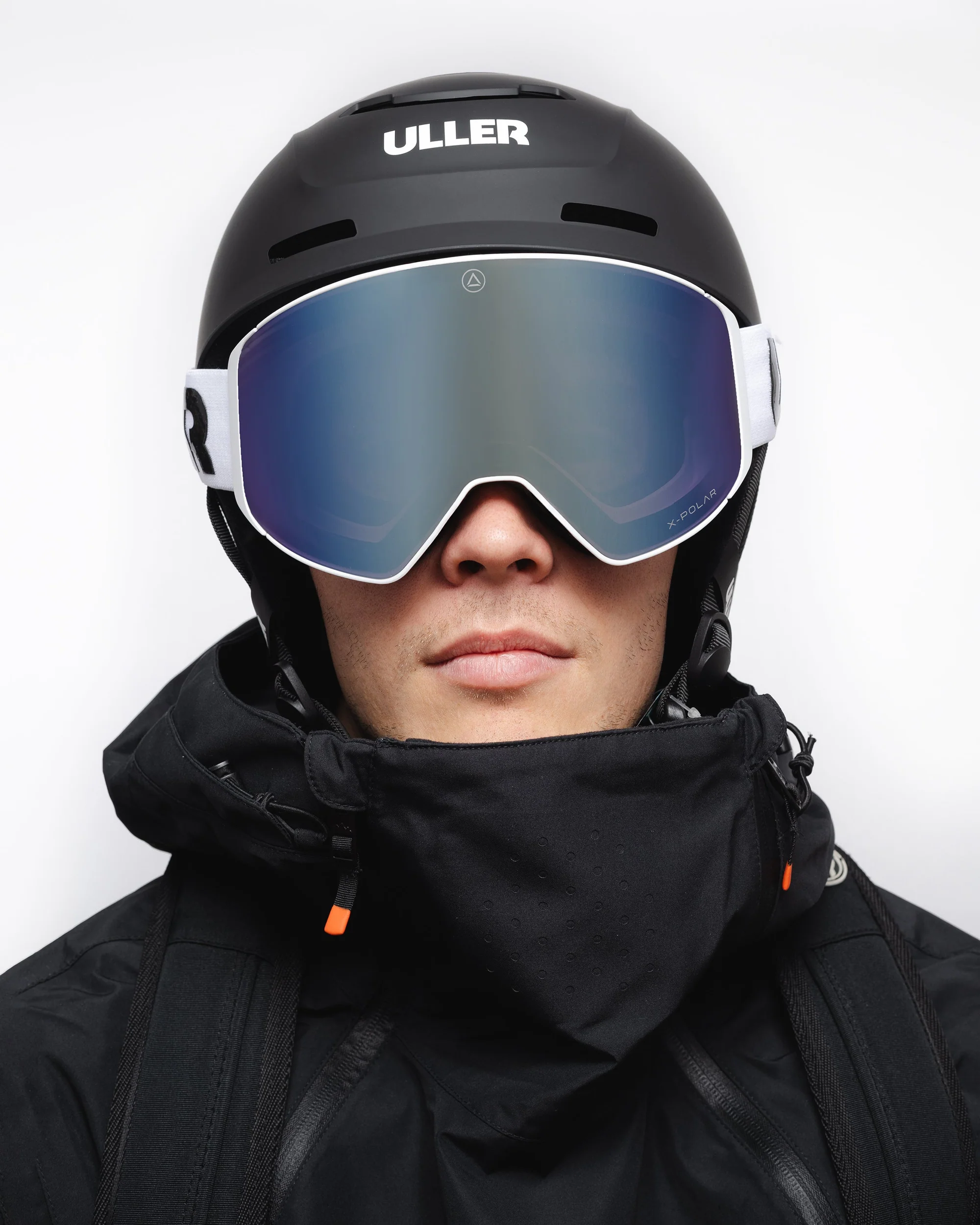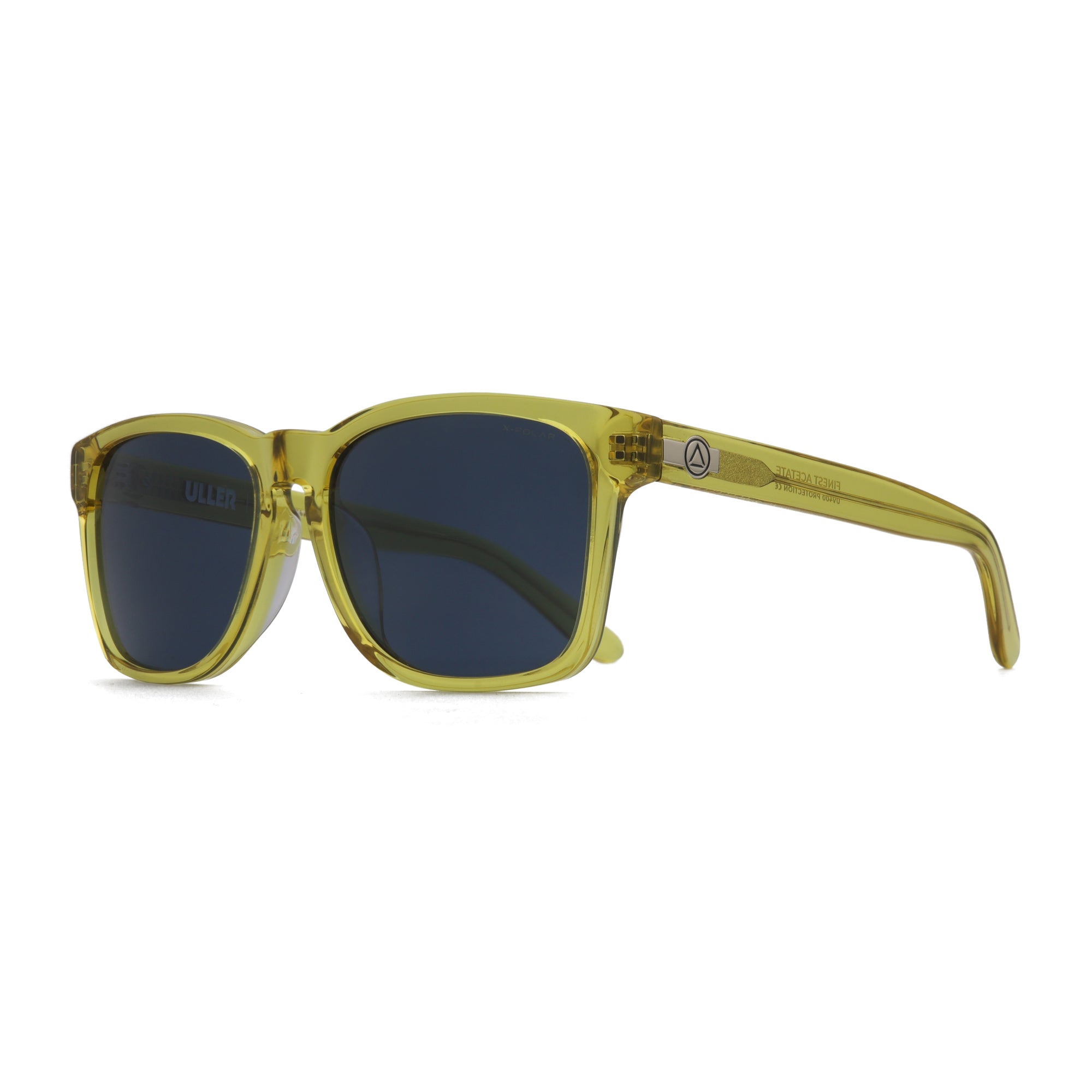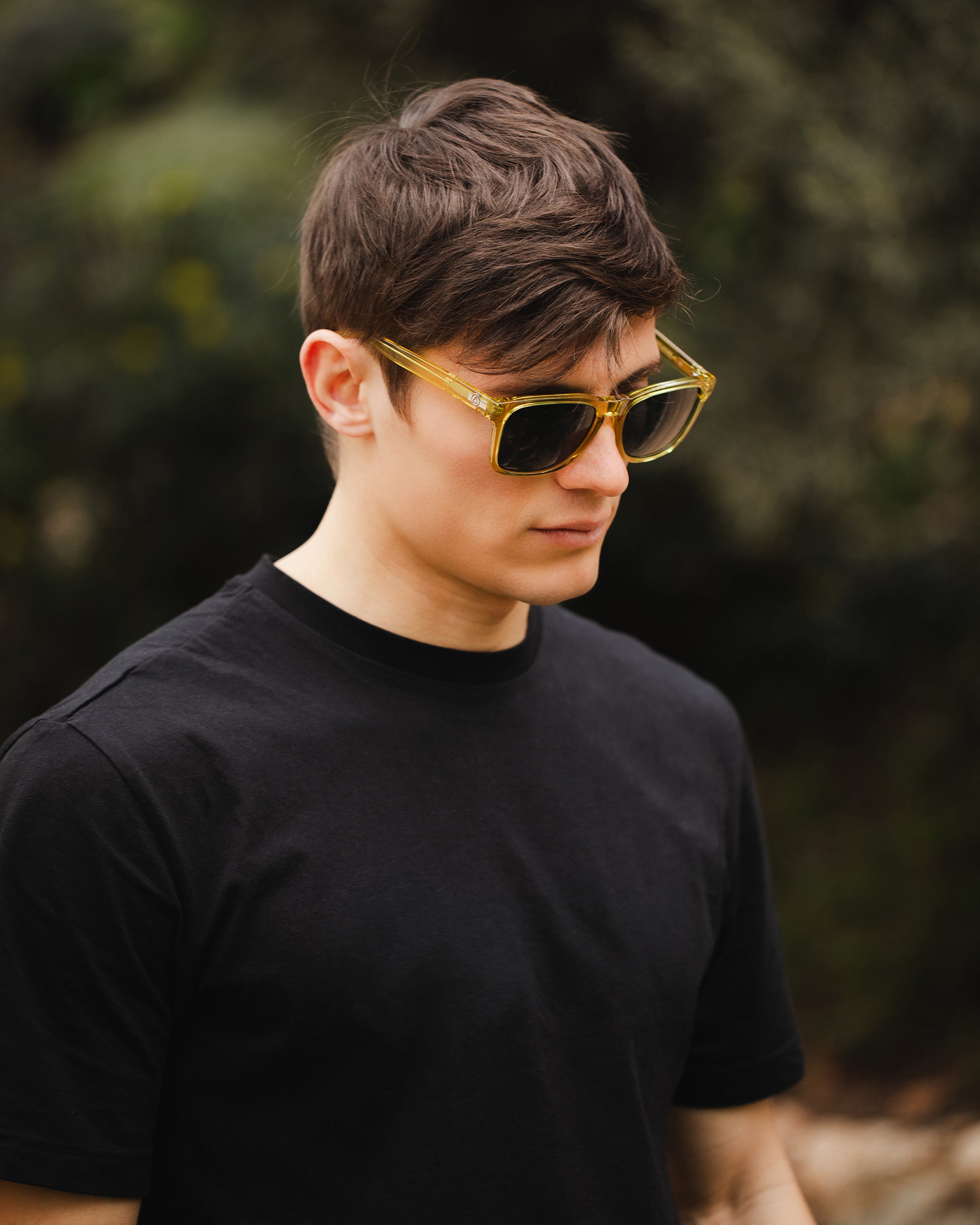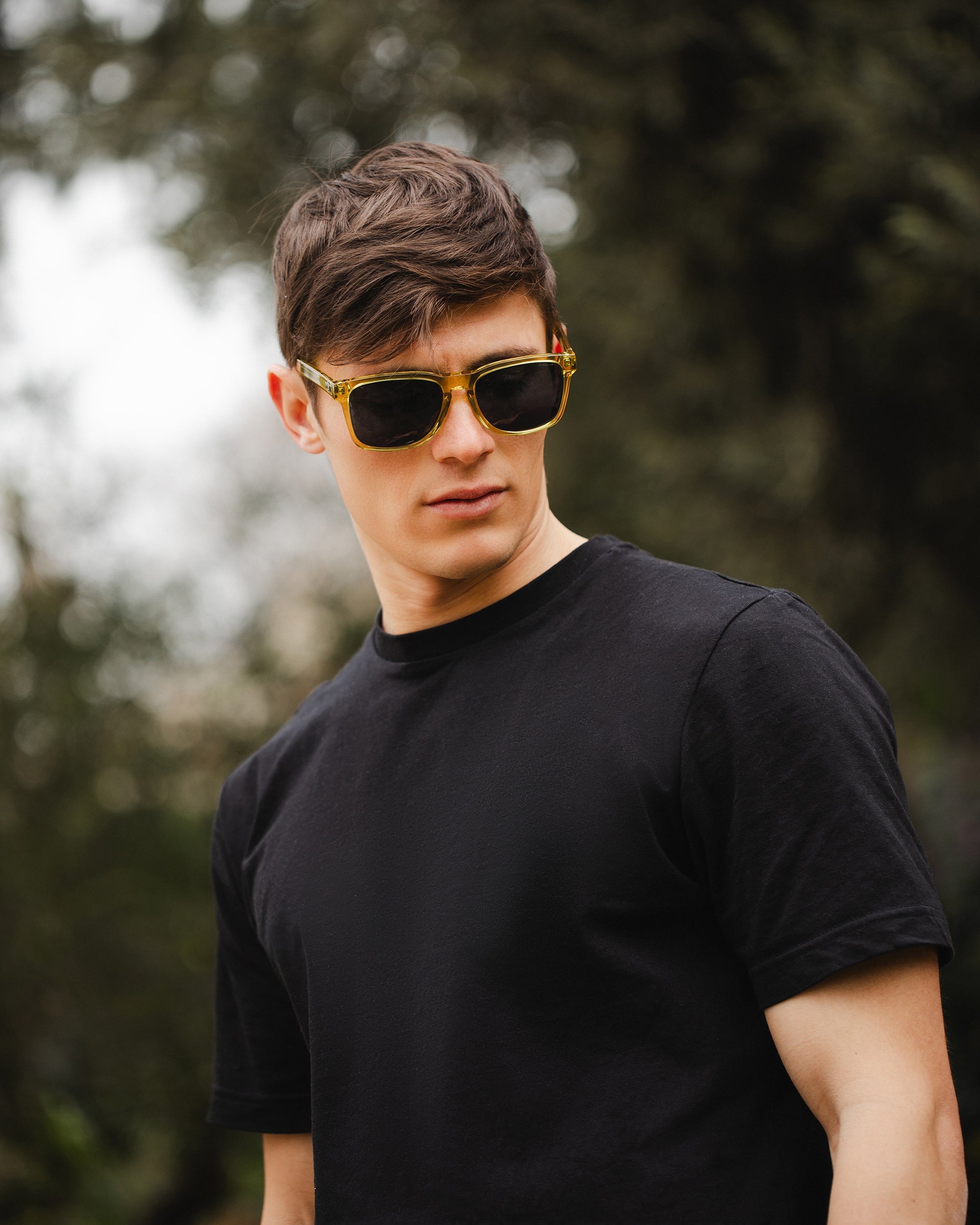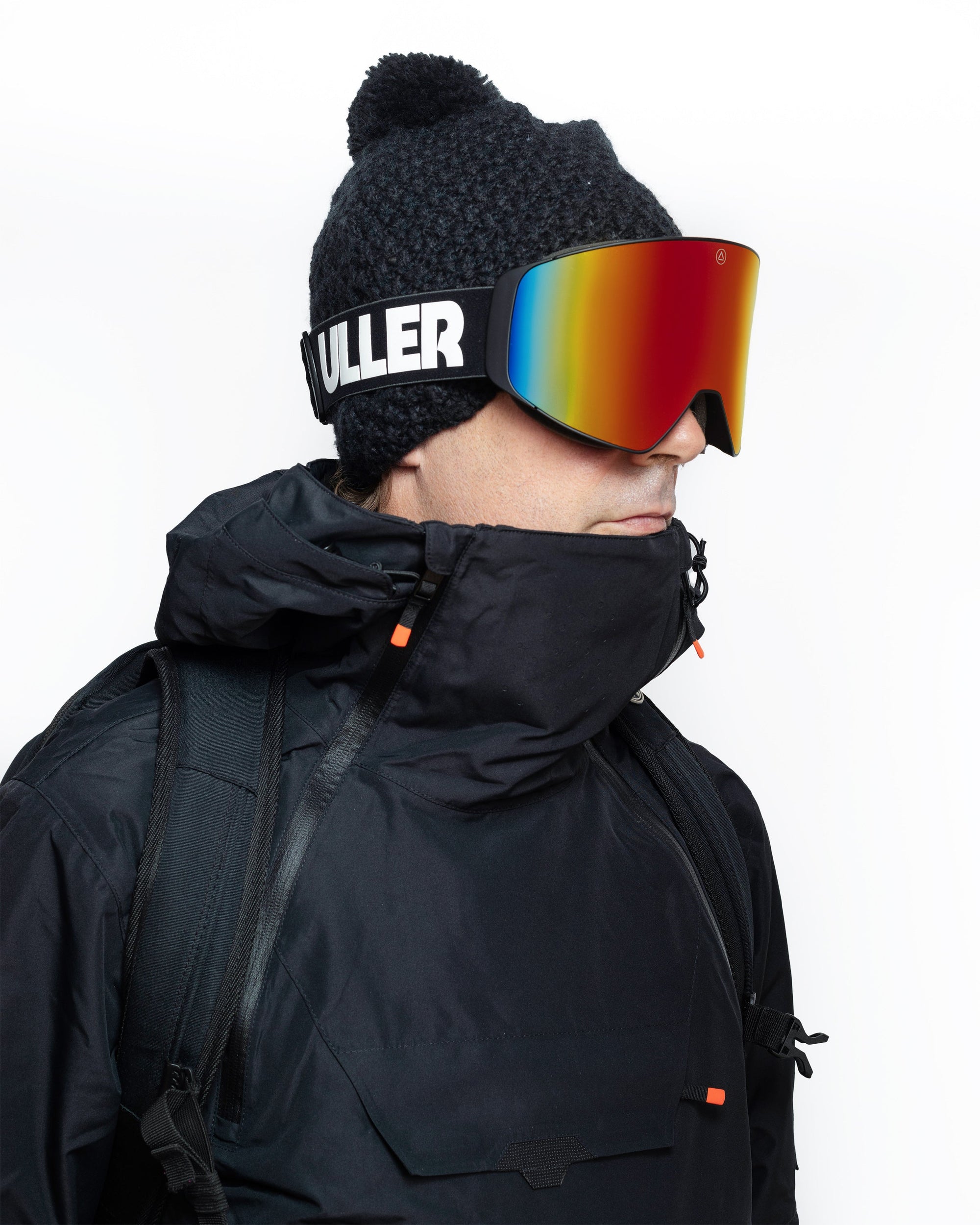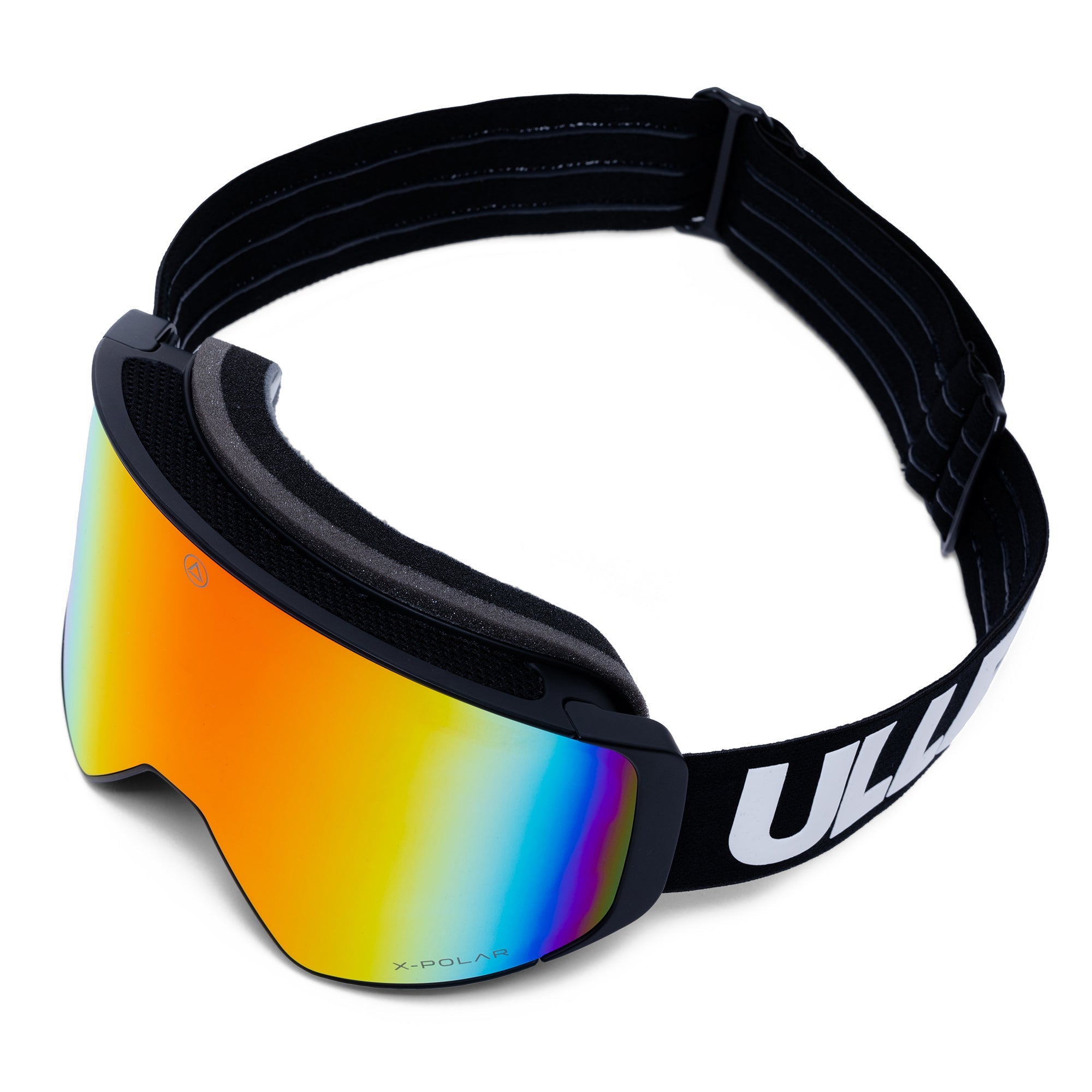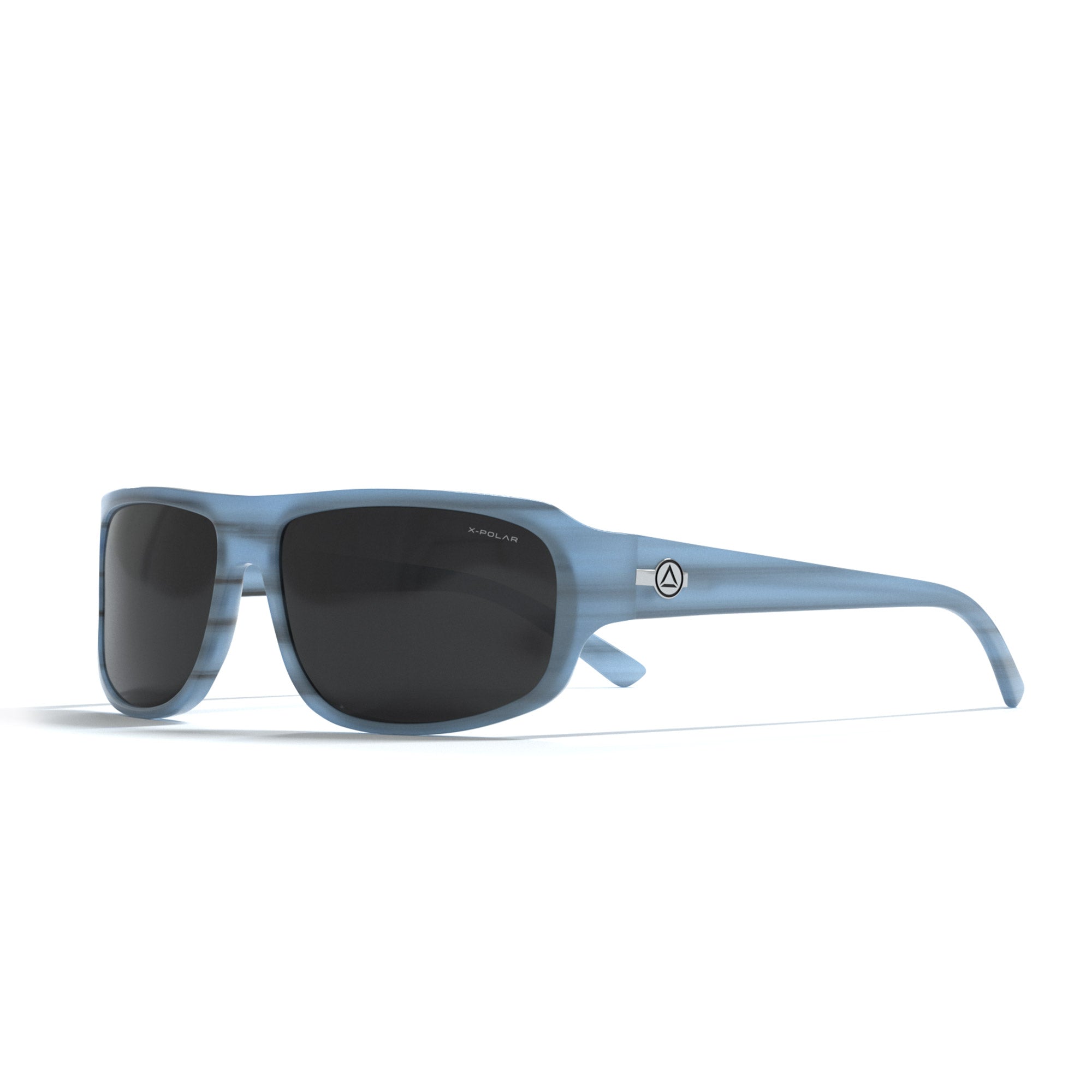Like most aerobic sports, cycling is a very complete discipline in which a multitude of muscles of the body are worked, and also serves as a natural sedative against the psychic damage that our brain produces, generating the endorphins that he needs to stop stress. Surely if you have practiced cycling or any of its modalities at some point in your life you know what it feels like when you are on the bike.
What is the Bearded Vulture test?

La Quebrantahuesos is a cycling tour that has two different routes that are held together: Quebrantahuesos Gran Fondo (200km) and Treparriscos Medio Fondo (85km).
First of all, we'll tell you a bit more about the Boneless Gran Fondo. It is a test attended by more than 8,000 participants from all over the world every year, which is held in Spain and is one of the most important in Europe. It has been in operation for more than twenty years. It takes place in Sabiñánigo (Huesca) and is organized by the Edelweiss Cycling Club, an entity that has more than 1000 volunteers in each of the tests to be available to the participants.
In it, 198 kilometers are traveled and the total difference in level of the route is approximately 3500 meters. It crosses the French slope until it reaches the Pyrenees. The four mountain passes through which the march participants pass are: Portalet, Marie Blanque, Hoz de Jaca and Somport. If you are a fan of this discipline and are used to traveling long distances by bicycle, you cannot miss the experience of the Quebrantahuesos march enjoying the most impressive landscapes of the Aragonese mountains. It is certainly a challenge.
On the other hand, the Treparriscos Medio Fondo has a route of 85 kilometers and a total difference in altitude of 1335 meters. Unlike the Quebrantahuesos, this march only includes two mountain passes: the Alto de Petralba and the Cotefablo pass, two locations where the landscapes of the Sierra de Aragón are the main protagonists.
Learn a little more about cycling tourism; the leading discipline of the Bearded Vulture
It is known that cycling was born shortly after the first bicycle was invented; the draisian. It arose as a displacement activity through which, in addition, elements could be transported from one place to another.
Later, when the quality of the bicycles was already much higher, it became popular among the masses as a recreational and non-competitive activity that combined sport with tourism. Today it is one of the most relevant cycling activities, thus having become an incredible opportunity to enjoy dreamlike landscapes while practicing such a rewarding sport as cycling.
The type of bicycle used in this discipline can be variable. We can find everything from road bikes, hybrids and recumbents to tandem bikes. Everything is a matter of knowing the territory that is going to be covered and the personal needs of each cyclist.
One of the pioneers in starting to practice this discipline on a regular basis was the Frenchman Paul De Vivie, a cyclist and journalist who, at the age of 22, invented the bicycle rear derailleur (1887). It is probably thanks to its routes of more than 40 hours on French trails that we are here today talking about cycling. Did you already know this information?
How many categories are there in the Bearded Vulture?

The Quebrantahuesos Gran Fondo march is made up of 12 categories that go from letter A to L and each of them includes a specific sex and age range, being Category K is the only one that admits bicycles of more than one person in the march. On the contrary, the Wallwalker test has only two categories (X and Y) that segment female participants and male participants.
In this way, when registering for any of the two routes of the march you must select the category corresponding to your personal characteristics.
What should I do if I want to sign up for the next edition of the Quebrantahuesos?

La Quebrantahuesos is a test that takes place in places of great natural value for France and Spain, and for this reason, the number of cyclists who participate in it is restricted by the organization of the march. In addition to this, the high demand for applications has meant that the only way to run the Quebrantahuesos in any of its two modalities is by registering for a raffle.
In this way, if you want to run in the Quebrantahuesos Gran Fondo or Treparriscos Medio Fondo in the next edition, you must enter the official website of the Quebrantahuesos and follow the registration guidelines. Remember that you must choose exclusively one of the two tests when covering your candidacy. People who have participated in one of the two tests in previous years will have an advantage when it comes to receiving their bibs with respect to new members.
Once you have participated in the draw, you must either have a valid cycling license, or take out the one-day insurance offered by the organization. In this way, the price of the test will rise in this second case.
Finally, it is necessary to present a valid medical certificate with one year of validity in your candidacy that certifies that you are fit to participate in one of both tests without limitations. The sole purpose of this procedure is to ensure the health of each of the test participants.
Once you have all the forms delivered and you have been assigned a place, you just have to go to pick up your bib number and everything will be ready to start the adventure.
FREQUENTLY ASKED QUESTIONS ABOUT THE BONE VILLAGE
1. What is the price of the Bearded Vulture Gran Fondo?
To participate in the raffle for a place for the march you will have to pay 4 euros at registration. Then, once you have obtained the place, you must pay 75 euros if you have a cycling license or 87 euros if you do not have it and you have to take out the insurance for the march through the organization.
2. What is the price of the Medium Bottom Wallcreeper?
4 euros must be paid to participate in the lottery for the place. Once you have it, you will pay 65 euros if you have a cycling license or 77 euros if you do not have one and you have to take out the insurance in the organization.
3. In how many hours does the Quebrantahuesos Gran Fondo march usually finish?
Professional cyclists usually complete it in 6 hours, while the rest of the amateurs take between 7 and 12 hours to reach the finish line.














